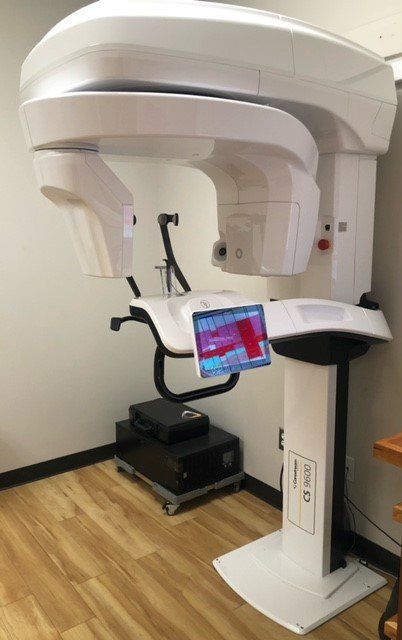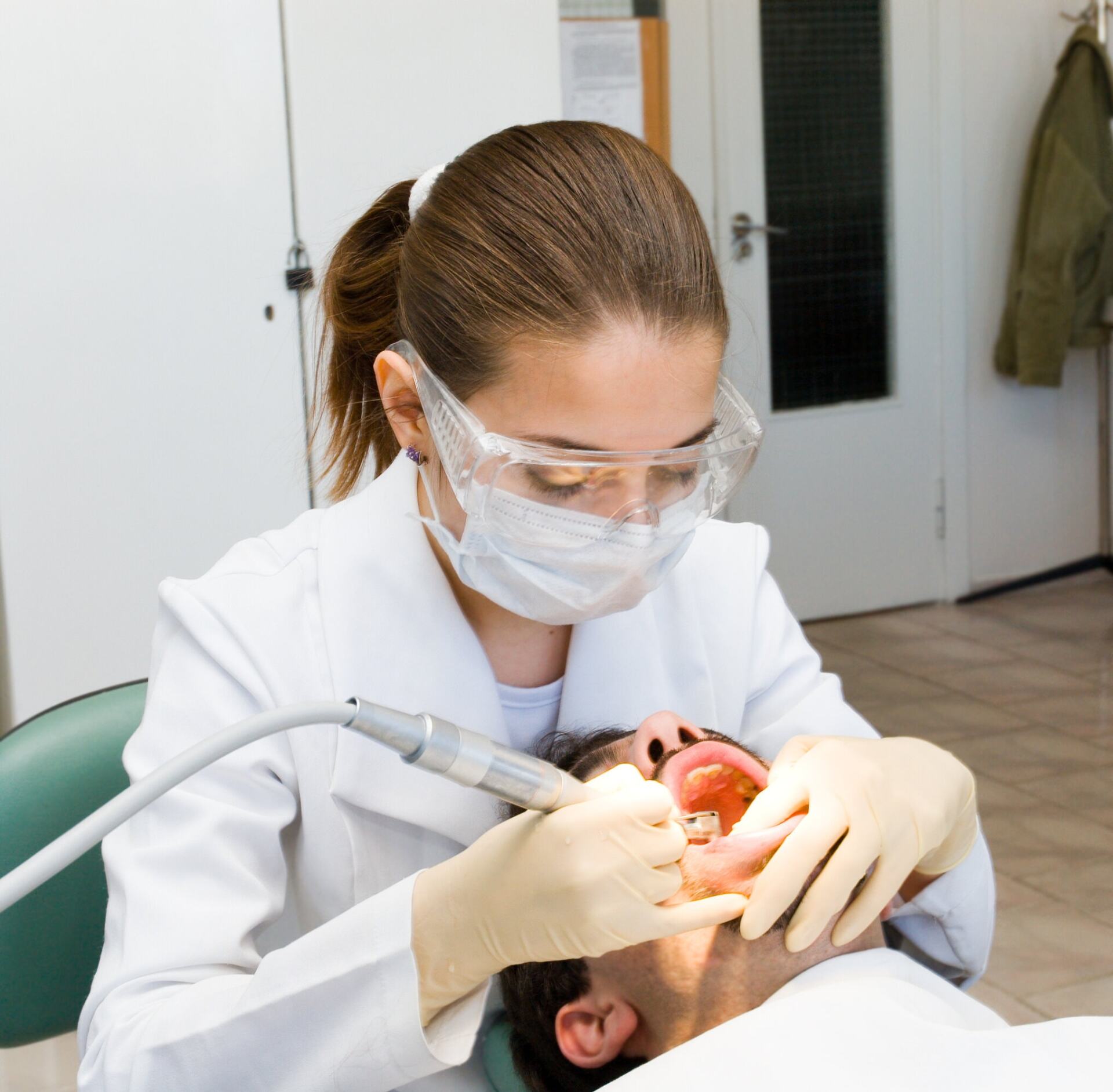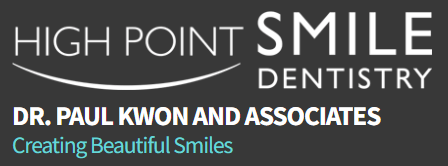Cleanings & Prevention
A preventive program is a cooperative effort by the patient, dentist, and dental staff to preserve the natural dentition and supporting structures by preventing the onset, progress, and recurrence of dental diseases and conditions.
Preventing dental disease starts at home with good oral hygiene and a balanced diet. It is continued in the dental office by the efforts of your dentist and dental hygienist to promote, restore, and maintain your oral health. Prevention also includes regular dental exams, cleanings, and x-rays. Sealants and fluoride are also great preventive treatments that help protect the teeth.
Prevention helps avoid serious and costly dental problems and is the key to having a healthy, confident, beautiful smile.

Periodontal Disease
The word periodontal means “around the tooth”. Periodontal disease attacks the gums and the bone that support the teeth. Plaque is a sticky film of food debris, bacteria, and saliva. If plaque is not removed, it turns into calculus (tartar). When plaque and calculus are not removed, they begin to destroy the gums and bone. Periodontal disease is characterized by red, swollen, and bleeding gums.
Four out of five people have periodontal disease and don’t know it! Most people are not aware of it because the disease is usually painless in the early stages.
Not only is it the number one reason for tooth loss, research suggests that there may be a link between periodontal disease and other diseases such as, stroke, bacterial pneumonia, diabetes, cardiovascular disease, and increased risk during pregnancy. Researchers are determining if inflammation and bacteria associated with periodontal disease affects these systemic diseases and conditions. Smoking also increases the risk of periodontal disease.
Good oral hygiene, a balanced diet, and regular dental visits can help reduce your risk of developing periodontal disease.
Signs and symptoms of periodontal disease:
• Bleeding gums – Gums should never bleed, even when you brush vigorously or use dental floss.
• Loose teeth – Also caused by bone loss or weakened periodontal fibers (fibers that support the tooth to the bone).
• New spacing between teeth – Caused by bone loss.
• Persistent bad breath – Caused by bacteria in the mouth.
• Pus around the teeth and gums – Sign that there is an infection present.
• Receding gums – Loss of gum around a tooth.
• Red and puffy gums – Gums should never be red or swollen.
• Tenderness or Discomfort – Plaque, calculus, and bacteria irritate the gums and teeth.
Restorations
It’s great news that the incidence of tooth decay has significantly diminished over the years due to the use of fluorides and an increase in patient awareness. However, teeth are still susceptible to decay, infection, and breakage and sometimes need to be restored back to health. Through improved techniques and modern technology, we are now able to offer more options for restoring a tooth back to its normal shape, appearance and function.
Should your teeth ever require a restorative treatment, you can rest assured knowing we will always discuss with you the available options, and recommend what we believe to be the most comfortable and least invasive treatment. Providing you with excellent care is our number one priority when creating your beautiful smile.
Reasons for restorative dentistry:
• Enhance your smile.
• Fill in unattractive spaces between teeth.
• Improve or correct an improper bite.
• Prevent the loss of a tooth.
• Relieve dental pain.
• Repair damaged and decayed teeth.
• Replace missing teeth.
• Replace old, unattractive dental treatments.
• Restore normal eating and chewing.
• Remember to give your teeth the attention they need today!
Sedation
If the thought of sitting in a dental chair makes you anxious and afraid, you are not alone. In fact, thousands of people put off seeing the dentist every year and risk the health of their smile because of their fears. Drs Kwon, Garretson, Morrow, and staff understand. More importantly, they have a solution: intravenous (IV) and oral sedation dentistry. It safely puts you into a tranquil state of mind, meaning you will feel removed from what is going on and have virtually no memory of your treatment once its finished. Drs. Kwon, Garretson, and Morrow are one of the 1.5% of general dentists in North Carolina who is authorized by the State Dental Board to administer IV sedation. So don't let fear keep you from having a healthy, beautiful smile. Discover Drs. Kwon, Garretson and Morrow's soothing, comfortable approach to dental care today!

Extractions
There are many types of extractions. They are categorized as 1. simple 2. surgical 3. impacted, soft tissue 4. impacted, partial bony and 5. impacted, full bony. A simple exam can determine this. When the tooth involved is a wisdom tooth, sedation may be offered to minimize discomfort for the patient. A consultation will address all these issues.
Post-Operative Instruction
Bleeding is normal after a tooth extraction and may last about a day. The dentist will apply a gauze pad on the extraction site. The pad needs to be left in place for about 30 to 45 minutes. After this time, it can be replaced. If bleeding continues, a damp gauze pad needs to be applied to the area. These should be replaced regularly, before they become saturated in blood.
Pain, swelling or jaw stiffness generally lasts no more than a couple of days after the procedure. Dentists may give a prescription for pain medications or recommend an over-the-counter pain medication, although these are often not necessary for simple extractions. The dentist may also prescribe antibiotics if there is a high risk of infection. After the first day, a cool cloth, ice bag or warm compress may be used to help relieve swelling and stiffness.
Patients are generally urged to continue to floss and brush the unaffected teeth but avoid the teeth directly around the extraction site for a few days. To keep the site clean, a gentle mouth rinse of warm salt water can be used several times a day after the first day. Patients are typically advised to stick to soft, bland foods (e.g., gelatin, pudding, soup) at first and to gradually add other foods as the area heals.
To prevent dry socket and reduce the healing time, patients are advised not to spit, drink through a straw, or vigorously rinse their mouths for at least the first 24 hours following the procedure. Smoking needs to be avoided for at least several days after the extraction. These actions can result in the blood clot in the socket dislodging, which can cause severe pain. Patients are also frequently advised to avoid mouthwashes and touching, probing, or otherwise disturbing the extraction site (e.g., with fingers or tongue) while the area heals.
While the mouth is still numb, the patient may inadvertently damage the soft tissues of the inner cheek, lip, or tongue. To prevent this, patients are advised to avoid biting these areas. They should also generally avoid physical activity and lying flat, which can increase bleeding immediately after the extraction. Pillows can be used to prop up the head when lying down.
Patients are urged to contact their dentist if bleeding is heavy, continues for more than 24 hours or if they experience nausea, fever, chills, or severe pain.






